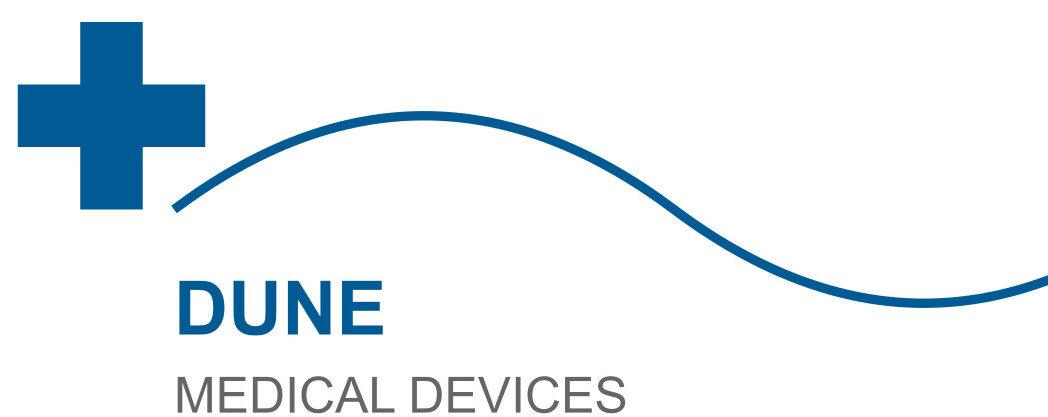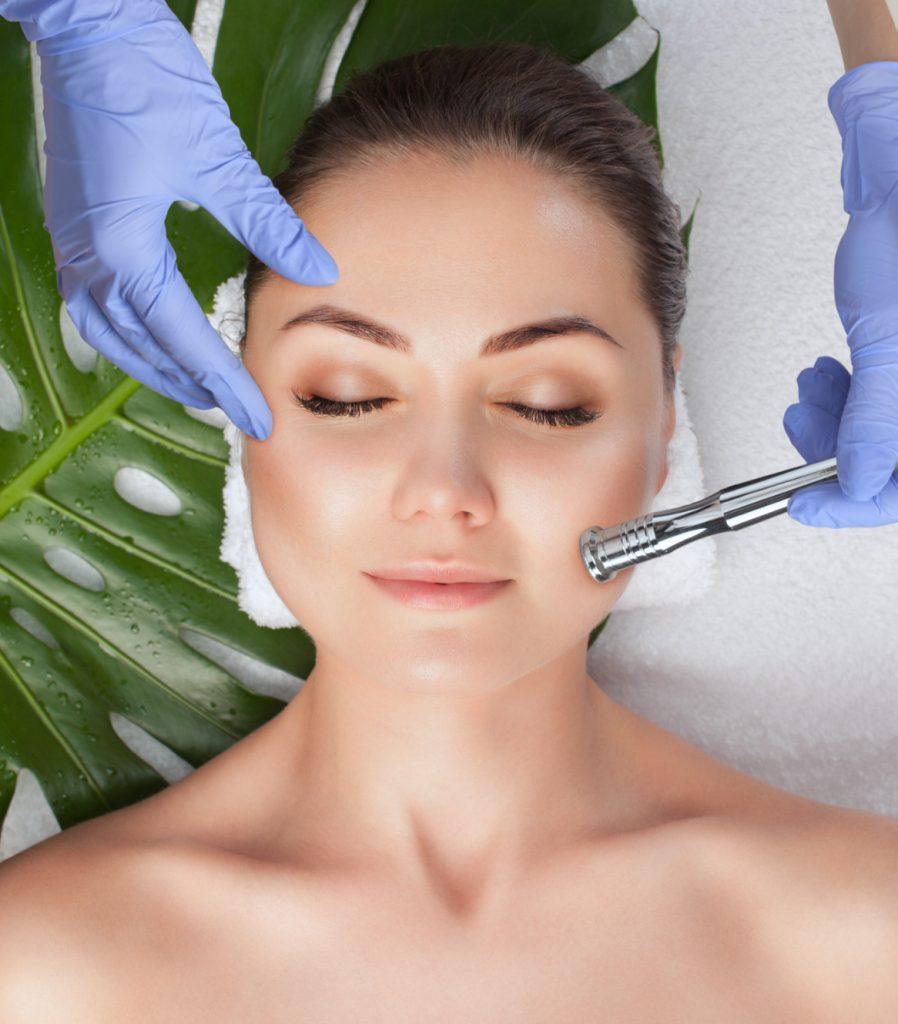Can Microdermabrasion Help Stretch Marks?
Stretch marks are a common skin concern affecting millions of people worldwide. Whether caused by pregnancy, weight fluctuations, or growth spurts, these marks can impact self-confidence. Many turn to treatments like microdermabrasion to improve their appearance. But does this popular skin treatment really work for stretch marks? In this guide, we’ll explore how microdermabrasion boosts skin texture and whether it can effectively reduce the visibility of stretch marks.
What Is Microdermabrasion?
Microdermabrasion is a non-invasive cosmetic procedure that exfoliates the skin’s outer layer. It uses fine crystals or a diamond-tipped wand to gently remove dead skin cells, promoting cell turnover and collagen production. This process helps improve skin texture and can address various skin concerns, including fine lines, acne scars, and hyperpigmentation.
How Does Microdermabrasion Work?
The treatment involves a handheld device that sprays tiny crystals onto the skin or uses an abrasive surface to slough off dead skin cells. A vacuum suction then removes the exfoliated debris, leaving the skin smoother and more radiant. The procedure is painless and requires no downtime, making it a popular choice for those seeking quick skincare improvements.
Types of Microdermabrasion
- Crystal Microdermabrasion: Uses fine aluminum oxide crystals to exfoliate.
- Diamond-Tip Microdermabrasion: Employs a diamond-coated wand for precision.
- Hydradermabrasion: Combines exfoliation with hydration for deeper results.
| Type | Best For | Downtime |
|---|---|---|
| Crystal | Mild exfoliation | None |
| Diamond-Tip | Sensitive skin | None |
| Hydradermabrasion | Dry or aging skin | None |
Can Microdermabrasion Improve Stretch Marks?
While microdermabrasion isn’t a cure for stretch marks, it can help reduce their appearance by stimulating collagen production and improving skin texture. The treatment works best on newer, red or purple stretch marks (striae rubra) rather than older, white ones (striae alba).
How It Helps
By removing the top layer of dead skin cells, microdermabrasion encourages new cell growth and enhances blood circulation. This process can make stretch marks appear less noticeable over time. For optimal results, multiple sessions are usually required, often combined with other treatments like ultrasonic cavitation or topical retinoids.
Limitations
Microdermabrasion may not completely erase deep or mature stretch marks. In such cases, laser therapy or microneedling might be more effective. Consulting a dermatologist can help determine the best approach for your skin type.
| Stretch Mark Type | Microdermabrasion Effectiveness |
|---|---|
| New (Red/Purple) | Moderate to High |
| Old (White) | Low |
Benefits of Microdermabrasion for Skin
Beyond stretch marks, microdermabrasion offers several benefits for overall skincare:
- Improves Skin Texture: Smoothens rough patches and evens out tone.
- Reduces Fine Lines: Stimulates collagen for firmer skin.
- Unclogs Pores: Helps prevent acne breakouts.
- Enhances Product Absorption: Allows serums and creams to penetrate deeper.
Who Should Consider It?
Microdermabrasion is suitable for most skin types, including sensitive skin when performed correctly. However, those with active acne, rosacea, or severe eczema should avoid it. Always consult a professional before starting any medical-grade skin treatment.
What to Expect During a Session
If you’re considering microdermabrasion for stretch marks, here’s a step-by-step breakdown of the process:
- Consultation: A skincare professional assesses your skin and goals.
- Cleansing: The treatment area is thoroughly cleansed.
- Exfoliation: The device is passed over the skin to remove dead cells.
- Hydration: A soothing moisturizer or serum is applied post-treatment.
Aftercare Tips
Post-treatment care is crucial for maximizing results:
- Avoid sun exposure and wear SPF 30+.
- Skip harsh scrubs or retinoids for a few days.
- Stay hydrated to support skin recovery.
Alternative Treatments for Stretch Marks
If microdermabrasion isn’t yielding desired results, consider these alternatives:
| Treatment | Effectiveness | Downtime |
|---|---|---|
| Laser Therapy | High | 1-2 days |
| Microneedling | Moderate to High | 1-3 days |
| Topical Retinoids | Moderate | None |
For those seeking additional options, undersuits designed for post-treatment care can enhance recovery and results.
Conclusion
Microdermabrasion can help improve stretch marks by enhancing skin texture and promoting collagen production. While it may not eliminate them entirely, regular sessions can make a visible difference, especially for newer marks. For best results, combine it with a solid skincare routine and consult a dermatologist for personalized advice. Ready to try it? Book a session with a certified professional today!
FAQs
How many microdermabrasion sessions are needed for stretch marks?
Typically, 6-10 sessions spaced 2-4 weeks apart are recommended for noticeable improvement.
Is microdermabrasion painful?
No, it’s a painless procedure with minimal discomfort, often described as a light scratching sensation.
Can I do microdermabrasion at home?
At-home devices are available but less effective than professional treatments. For best results, visit a licensed spa or clinic.
Are there side effects?
Mild redness or dryness may occur but usually subsides within hours.
How much does microdermabrasion cost?
Prices vary, but sessions typically range from $75-$200. Check local providers for exact rates.

